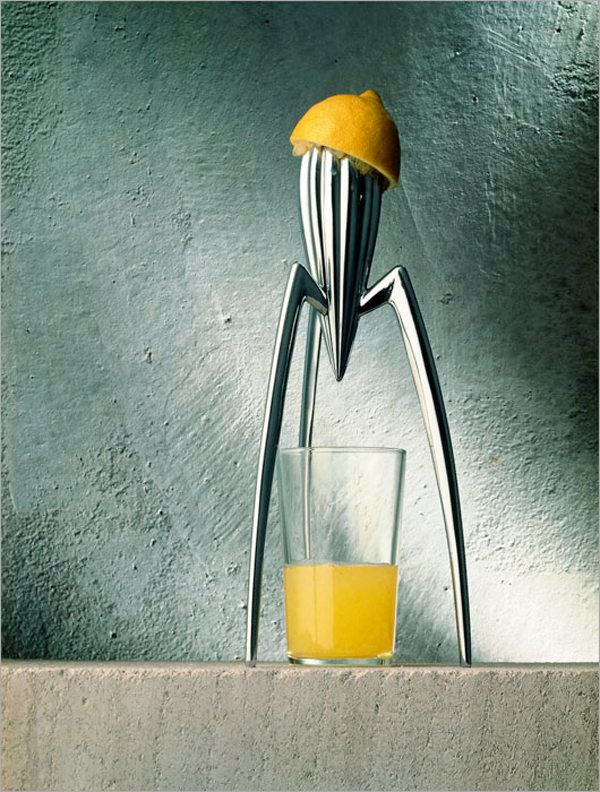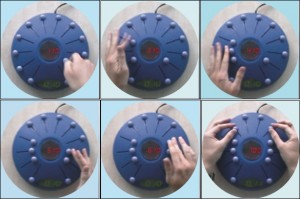(original paper in IJDesign by Rung-Tai Lin)
2.
3.

persuasive design
4. A hierarchy of consumer needs by P. Jordan:
(image from http://www.sciencedirect.com/science/article/pii/S1369702103012239)
5. Timo Arnall: A form vocabulary for RFID
(nearfield.org)
6.
"Forms in various materials invite touch and manipulation"
Retrieved from interactions
7.

siteless book sample page
8.

Retrieved from "Move to get moved"
9.
xxx
tapTap from Andy Huntington on Vimeo.
Algo.Rhythm from Huaishu on Vimeo.
Problems:1. How to design simple forms for rich interaction? (including movement-centric, social interaction, self-expression, etc.)
2. What's the relationship between movement and form? Can we think "movement" without form?
3. What kind of form is suitable for movement?

4. Echoing "tangible interaction = form + computing" by Mark Baskinger and Mark Gross, if "tangibility = movement + form", how can Tangibility be explored?
5. Affordance: restriction or hint?
Practice:
regarding "functionality" of a music player, pick up 8 representative forms on the above siteless sample page for 8 Effort qualities of LMA. Draw 8 sketches based on the above forms and corresponding movements.

Retrieved from "Move to get moved"
"Re-routed Radio" projects by industrial design students (a) Nadeem Haidary, (b) Josh Finkle, and (c) Gavin Stewart. These music players were designed to establish new forms of interaction using standard electronics combined with non-traditional materials and expressive physical forms.
The Hit Me interac
-
tive lighting device responds
to touch with an LED display. It
affords various interactions with
the hand. Designed by Carnegie
Mellon students Henry Julier,
Justin Rheinfrank, Amanda Ip,
and Michael Cruz-Restrepo;
directed by Kees Overbeeke
(TU/e). Image source: www.hen
-
ryjulier.com
Retrieved from "interactions"
EX3: (2022/3/15)
make a physical model of a music player
(reference: http://ciid.dk/education/portfolio/idp12/courses/tangible-user-interface/projects/)
(reference: http://ciid.dk/education/portfolio/idp18/courses/physical-computing/projects/)
show the picture of this model on an A2 poster, and analyze according to LMA and gesture patterns (proximity to activate/deactivate, point to activate, rotate to change state, shake to change state...)
perform the movement on the music player with Wizard of Oz method (Bluetooth speakers needed)
Reference: Chapter 4 in Designing Gestural Interfaces
(reference: http://www.trendhunter.com/slideshow/ipod-alternatives)
https://www.slideshare.net/jazzliang/tangible-interaction-2011-spring
show the picture of this model on an A2 poster, and analyze according to LMA and gesture patterns (proximity to activate/deactivate, point to activate, rotate to change state, shake to change state...)
perform the movement on the music player with Wizard of Oz method (Bluetooth speakers needed)
Reference: Chapter 4 in Designing Gestural Interfaces
(reference: http://www.trendhunter.com/slideshow/ipod-alternatives)
https://www.slideshare.net/jazzliang/tangible-interaction-2011-spring








